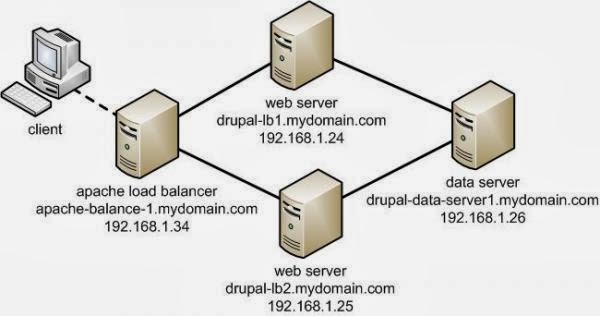My experience on using Darvas Box
This is my first blog about stocks.
First of all, if you have already read the book written by Nicolas Darvas named "How I Made $2,000,000 in the Stock Market", you will know what this box is, and I won't explain it here.
After 1 month more practise(using my real money and make some dummy decision), I found that there are several points worth notice. Before going on, reader should alert that this is my experience, and this doesn't consitute to any suggestions and the writer(that's me) won't take any responsibilities regarding to this.
1. What the book said: when the price rises higher than previous top price, even if how small the new price exceeds, we should buy the stock at once.
My experiences: This is correct, PROVIDED THAT the price flow before the "sudden rise" is flat. For example, if stock A's price range is: $0.6 - $1, and this range is formed for quite a long time, say from Jan 01 - Jun/Jul 01, and suddenly the price rise with high volumn transaction on Jul some day, which is also exceeds the previous top, i.e. $1, this is a very clear buy signal.
2. What the book said: when the price rises and it exceeds the previous top, after that there are no new top for 3 days, the upper bound of box formed. After forming the upper bound, the lower bound that formed also when the price drop to a new low and there is no new low in the following 3 days, the lower bound is formed.
My experience: The above is totally correct. However, my mistake is that I followed this rule so closed that I overlook the price trend of stock. If the price trend is down, even if the rule applied, you will still lose your money. What Nicolas said, I think, is to concentrate on the trend, not the specific price move.
3. Consider look at a longer time range, say 1-3 years, for reference instead of 2-3 months, which may not be very clear.
Hope the above help someone who is also using Darvars Box. Actually, this is the greatest book I have ever read regarding to stock investment. This is also a good book on technical analysis.
First of all, if you have already read the book written by Nicolas Darvas named "How I Made $2,000,000 in the Stock Market", you will know what this box is, and I won't explain it here.
After 1 month more practise(using my real money and make some dummy decision), I found that there are several points worth notice. Before going on, reader should alert that this is my experience, and this doesn't consitute to any suggestions and the writer(that's me) won't take any responsibilities regarding to this.
1. What the book said: when the price rises higher than previous top price, even if how small the new price exceeds, we should buy the stock at once.
My experiences: This is correct, PROVIDED THAT the price flow before the "sudden rise" is flat. For example, if stock A's price range is: $0.6 - $1, and this range is formed for quite a long time, say from Jan 01 - Jun/Jul 01, and suddenly the price rise with high volumn transaction on Jul some day, which is also exceeds the previous top, i.e. $1, this is a very clear buy signal.
2. What the book said: when the price rises and it exceeds the previous top, after that there are no new top for 3 days, the upper bound of box formed. After forming the upper bound, the lower bound that formed also when the price drop to a new low and there is no new low in the following 3 days, the lower bound is formed.
My experience: The above is totally correct. However, my mistake is that I followed this rule so closed that I overlook the price trend of stock. If the price trend is down, even if the rule applied, you will still lose your money. What Nicolas said, I think, is to concentrate on the trend, not the specific price move.
3. Consider look at a longer time range, say 1-3 years, for reference instead of 2-3 months, which may not be very clear.
Hope the above help someone who is also using Darvars Box. Actually, this is the greatest book I have ever read regarding to stock investment. This is also a good book on technical analysis.

Comments